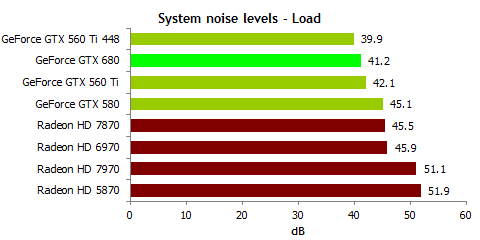IdiotInCharge
NVIDIA SHILL
- Joined
- Jun 13, 2003
- Messages
- 14,675
Maxwell DX 12 and Vulkan performance is pathetic while Pascal improved things, it is not stellar either.
This is what I'd like to see some numbers for; not to refute your statement, but rather, to provide a grounding point of sorts.
My biggest issue with Vulkan and DX12 in general is that there are very few excellent implementations of both. Many / most implementations are slower than DX11. EA / DICE / Frostbyte, I'm looking at you.
So we'd want to look at very good implementations, first, and then find a comparison with GPUs from both vendors in comparable classes, but with the latest drivers.
And I think that this ask is both a bit of a reach in terms of feasibility and also applicability, as the potential tests will likely run slowly on all subjects. But if the data is available, it'd be interesting to see, right?
What comes next may not reflect previous standings, AMD looks to be on a roll, Nvidia? Turing came with a lot of baggage, mainly huge price hikes.
That's the thing: AMD doesn't really look to be on a roll in the GPU space. Navi doesn't look any better now than Polaris did at release, even had power / BIOS / cooler problems of its own.
While Nvidia has efficient parts on an older node, all the way up to the largest complex dies ever made, and not only leads in performance in traditional raster rendering but also leads in RT support.
Yeah, Nvidia's technology push came with a cost -- but that's not at all unprecedented when pushing the envelope, and I'm glad they did it, even as every complaint about pricing represents fewer sales for them.
They moved the market forward while competing only with themselves.
![[H]ard|Forum](/styles/hardforum/xenforo/logo_dark.png)


